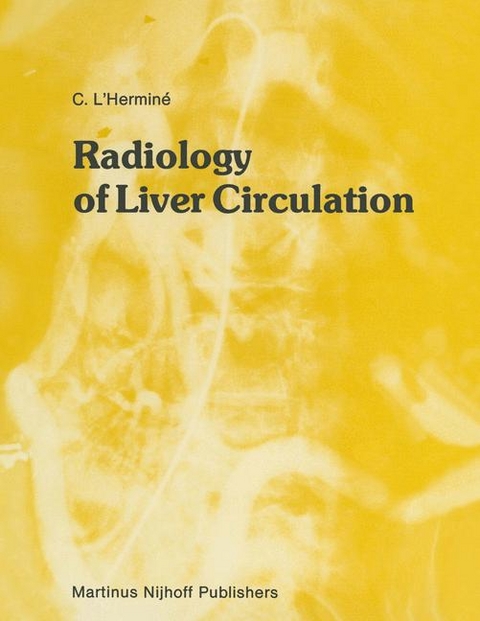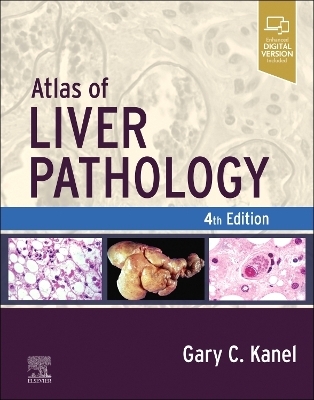
Radiology of Liver Circulation
Springer (Verlag)
978-94-010-8718-6 (ISBN)
- Titel wird leider nicht erscheinen
- Artikel merken
1. Normal Hepatic Circulation - Anatomy and Physiology.- I. The hepatic lobule and its three vascular axes.- II. Intrahepatic arterio-portal communications.- III. Normal hepatic circulation.- 2. Angiographic Methods.- I. Direct portal venous opacification.- II. Hepatic venous study.- III. Arterioportography.- IV. Computed tomography.- 3. The Main Arteriographic Signs of Portal Hypertension and their Hemodynamical Significance.- I. The mesenterico-portal axis opacification.- II. The spleen pattern.- 1. Angiographic signs.- 2. The four main angiographic patterns of the spleen.- III. Hepatic arterial changes.- 4. Presinusoidal Obstructions.- I. Proper angiographic signs.- 1. Arterial changes.- 2. Venous changes.- II. The main causes of prehepatic obstructions.- 1. Pancreatic diseases.- 2. Portal vein thrombosis.- 3. Other causes.- III. Intrahepatic presinusoidal obstructions.- 5. Diffuse Post-Sinusoidal Obstructions.- I. Proper arteriographic signs.- 1. The porto-systemic hepatofugal circulation.- 2. Reversal of the intrahepatic portal flow.- II. Evaluation of the intensity of the obstruction.- 1. Minimal obstructions.- 2. Moderate obstructions.- 3. Severe obstructions.- 4. Very severe obstructions.- III. Etiological diagnosis.- 1. Suprahepatic obstructions.- 2. Intrahepatic obstructions.- 6. Are There Portal Hypertensions Without Obstruction?.- I. Portal hypertension of splenic origin.- II. Portal hypertension and arteriovenous fistula.- 7. Contribution of Arterioportography to the Treatment of Portal Hypertension.- I. Checking of surgical porto-caval anastomosis by arterioportography.- 1. Standard shunts.- 2. Selective decompression shunts.- II. Treatment of portal hypertension according to hemodynamical changes.- 1. Portal hypertension with moderately decreased portal inflow.- 2. Portal hypertension with markedly reduced portal inflow.- 3. Portal hypertension with hepatofugal portal flow.- III. Interventional radiology and portal hypertension.- 1. Transhepatic obliteration of esophageal varices.- 2. Splenic artery embolization.- 3. Other non-surgical therapeutic methods.- 8. Segmental Intrahepatic Obstructions without Portal Hypertension.- I. Segmental reversal of the intrahepatic portal flow: angiographic pattern.- 1. Direct sign.- 2. Indirect signs.- II. Differential diagnosis of segmental reversal of intrahepatic portal flow: arterio-portal fistulae.- 1. Traumatic arterio-portal fistulae.- 2. Tumoral arterio-portal fistulae.- 3. Congenital arterio-portal fistulae.- 4. Arterio-portal fistula, cirrhosis and portal vein thrombosis.- 5. Arterio-portal fistula and cirrhosis.- III. Etiological diagnosis.- 1. Hepatic tumors.- 2. Extrahepatic masses.- 3. Liver trauma.- 4. Focal atrophy of the liver.- IV. Conclusions.- General conclusions.- References.
| Erscheinungsdatum | 19.12.2018 |
|---|---|
| Reihe/Serie | Series in Radiology ; 11 |
| Zusatzinfo | 229 Illustrations, black and white; 182 p. 229 illus. |
| Verlagsort | Dordrecht |
| Sprache | englisch |
| Maße | 216 x 280 mm |
| Themenwelt | Medizinische Fachgebiete ► Innere Medizin ► Hepatologie |
| Medizinische Fachgebiete ► Radiologie / Bildgebende Verfahren ► Radiologie | |
| Schlagworte | Computed tomography (CT) • Diagnosis • Interventional Radiology • Liver • Radiology • Tomography • Tumor |
| ISBN-10 | 94-010-8718-0 / 9401087180 |
| ISBN-13 | 978-94-010-8718-6 / 9789401087186 |
| Zustand | Neuware |
| Informationen gemäß Produktsicherheitsverordnung (GPSR) | |
| Haben Sie eine Frage zum Produkt? |
aus dem Bereich


